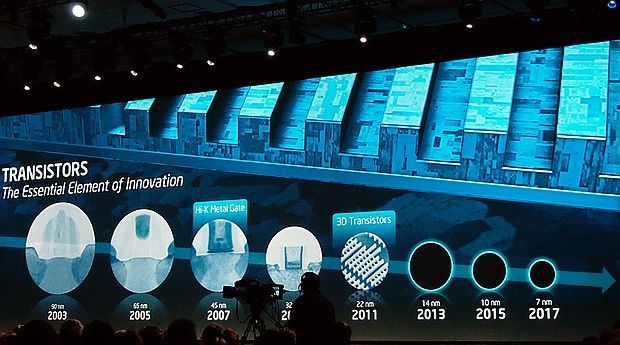Gary Patton, Technical Director of Globalfoundries, spoke about the future of the manufacturing processes of the next CPUs and what that would mean, paying particular attention to the next step of the 7 nm.
The 7 nm manufacturing process of Globalfoundries would allow 5 GHz CPUs
Apparently, the 7 nm process at Globalfoundries has received the experience of IBM’s former engineering specialists (remember that IBM practically paid Globalfoundries to take its manufacturing division). And the company now expects improvements in manufacturing techniques to 7 nm.
While it was expected that a change from 14 nm to 7 nm would provide, at best, a reduction to half the actual size of a manufactured chip. Gary Patton is now saying that the size of them should be reduced to 2.7 times the original size. To put this in perspective, the AMD 1000 series processors in the Zeppelin die and the 14 nm process comes in a capacity of 213 mm² for the complete 8-core design, thanks to the new Globalfoundries process. Also, this size could reduce to only 80 mm². AMD could potentially use that extra die space. That is to add more cores or any silicon enhancement if it wanted to.
These improvements in saving space are not the only ones we will see. Patton said he expects this design to be able to scale quite well at operating frequencies of 5 GHz. Now, this is the least exciting part of the 7 nm equation, even if it does not look like it.
The ability to scale frequencies up to 5 GHz will, of course, depend on the design of the architecture. So, being able to achieve that operating frequency stable. We have already had a historical example of a structure that aspired to reach very high rates with the Intel NetBurst, and we all remember how it was.
